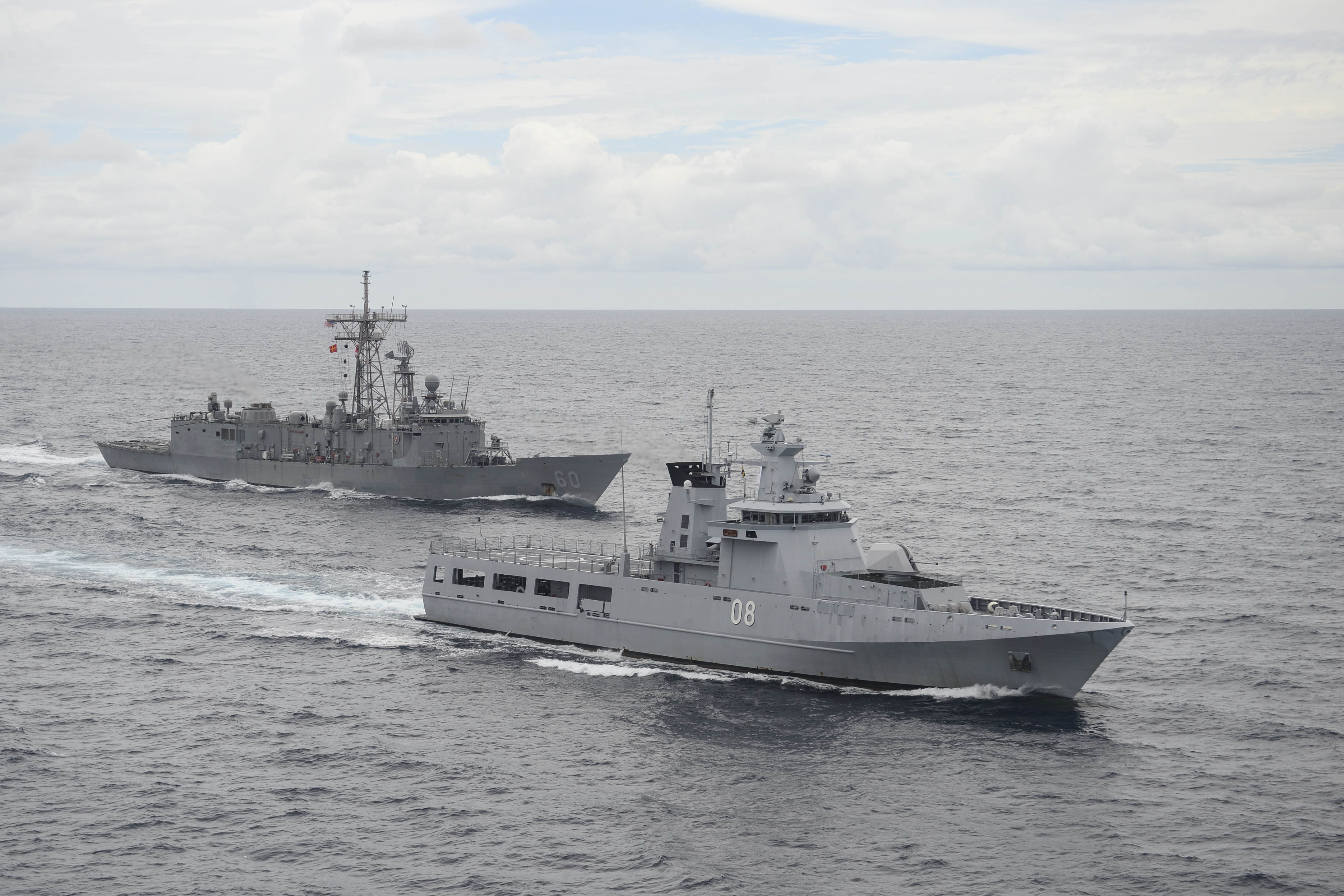
Opinion: Western Pacific Would Benefit From International Standing Maritime Groups
Recent and ongoing tensions in the Western Pacific, such as the verbal confrontation between a U.S. Navy P-8 Poseidon patrol…
Copyright 2024 U.S. Naval Institute. All Rights Reserved.